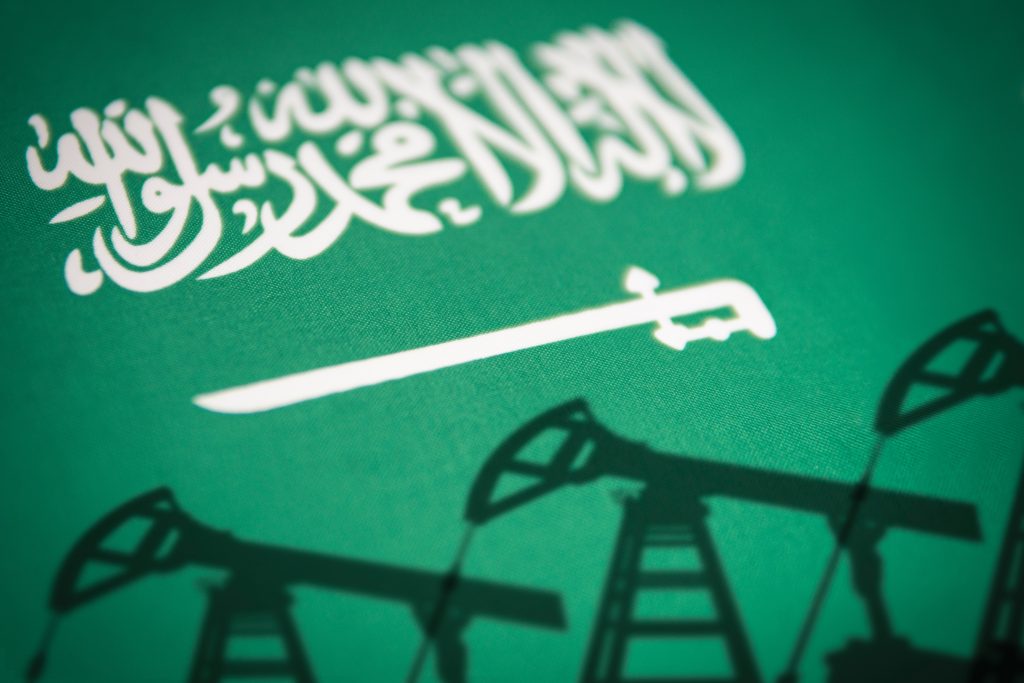Saudi Arabia, the world’s largest crude oil exporter, benefits from remarkably low production costs, around $10 per barrel. This is significant as 75% of its fiscal revenue comes from oil. However, major expenditure projects under Vision 2030 are pushing the fiscal breakeven oil price higher, widening the kingdom’s deficit.
The International Monetary Fund (IMF) forecasted the breakeven oil price at $80.90 per barrel in 2023, marking a return to fiscal deficit after a brief surplus. By 2024, this figure is expected to rise to $96.20, a 19% increase from the previous year, and significantly higher than the current Brent crude price of $73.
Li-Chen Sim from the Middle East Institute notes that Saudi Arabia’s budgetary needs will remain high until 2030 due to Vision 2030 projects and major events like the World Cup 2034. Adding to this, the kingdom’s Public Investment Fund (PIF) is driving multi-trillion dollar projects like NEOM, further increasing fiscal demands. Including PIF spending, Nomura Asset Management estimates the breakeven price at $112 per barrel for 2023.
Despite these challenges, some economists argue that the fiscal breakeven price is not as critical as perceived. Saudi Arabia has the capacity to manage deficits and low oil prices through debt, robust foreign currency reserves, and bond issuance. The kingdom’s public debt, currently at 24% of GDP, remains low compared to international standards.
Saudi Arabia’s economy has contracted over the past four quarters, but non-oil economic activity grew by 4.4% year-on-year in the second quarter. Reforms to boost foreign investment and diversify revenue streams are underway, though risks like fluctuating oil demand and global economic tensions remain.
The Nomura report highlights that the economy is diversifying and has adapted to subsidy reductions and higher VAT, creating numerous jobs. However, the kingdom still seeks more foreign direct investment, and newly approved investment laws aim to enhance the non-oil sector.
Risks such as weak oil demand and increased crude supply from non-OPEC+ countries are beyond Saudi Arabia’s control. A potential tariff war between major economies could further slow global growth and reduce oil demand, posing additional challenges.
